The art of publishing art books, independently
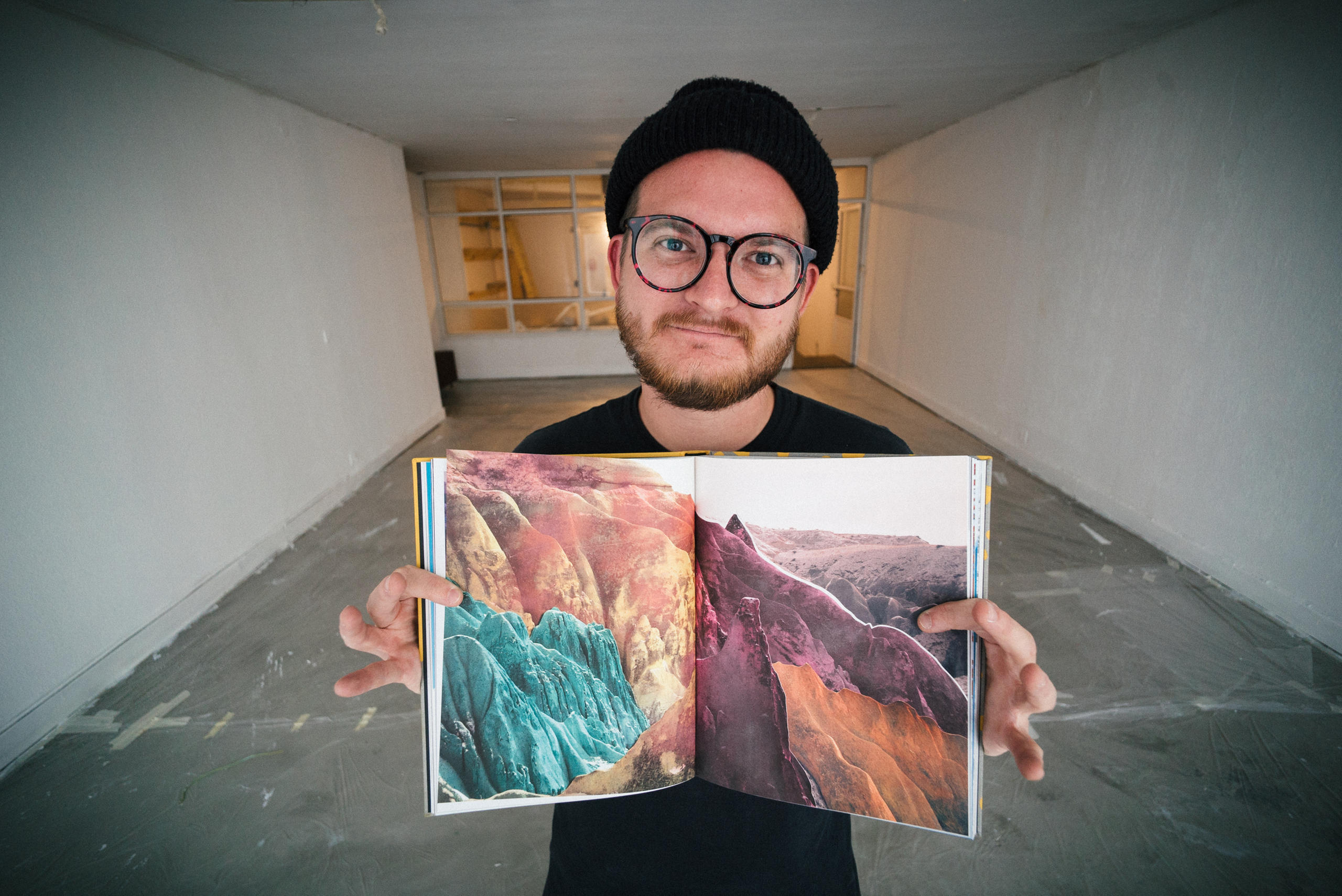
A Zurich art publishing fair is proving the printed book isn’t dead. The “VolumesExternal link” event is more popular than ever, attracting publishers from the world over.
Switzerland has a long tradition in independent publishing. In the early modern age, many scholars and artists, such as Erasmus von Rotterdam and Albrecht Dürer, would come to Basel to print their works, considered offensive by the Catholic Church. With the Reformation, after the 1520s, protestants, anabaptists and other anti-clerical authors also sought refuge in the Swiss city attracted also by its printing presses. They were eventually followed by anarchists, socialists and revolutionaries from further afield.
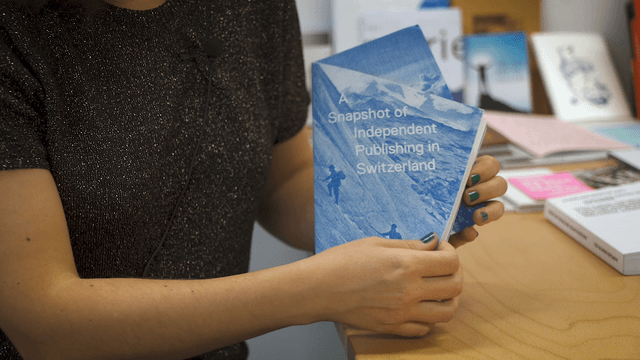
Today’s independent publishing market has very little to do with politics or religion. Rather, it is a niche increasingly explored by visual artists, with or without renown, as well as for designers who work this medium as an art form in its own right.
“Independent publishing is not just about self-publishing,” remarks Anne-Laure Franchette, who runs Volumes together with Patrizia Mazzei, an arts educator, and the editor Gloria Wismer. “At Volumes we welcome zines and artists’ books, but also small publishers, indie magazines, poetry collectives and performance artists who deal with publishing,” she says.
The fair’s international scope is also expanding, but cautiously. Bookstalls are not organised by country, nor are all continents represented. That said, most of Europe is represented, including Turkey and a couple of Japanese publishers. This year the spotlight is on Chile, with Chileans from the book fair ImpresionanteExternal link, whose presentation comes under the motto “Sin ninguna vergüenza” (without any shame).
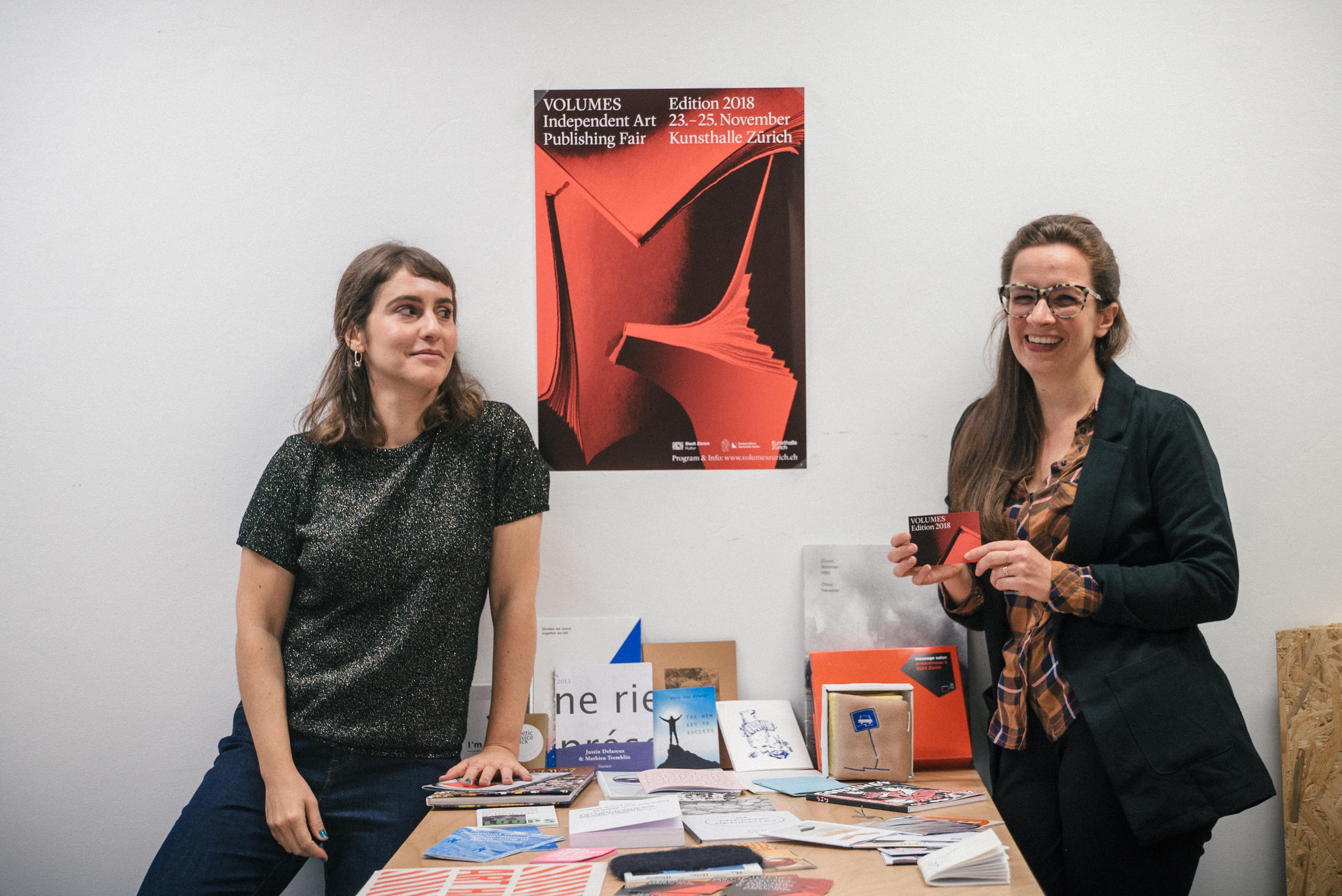
The organisers say that the fair’s success has paid off with requests from big Swiss publishers, and they were suddenly faced with a dilemma. “We didn’t want to close the door to them, but on the other hand, we have to remain a platform for people who really need it”. Franchette emphasises that Volumes includes Zurich in its name, which is a clear expression of their intention to – first of all – serve as a window for all publishers in the city.
Established names and new-comers
The art of art publishing is already established in Zurich. Patrick Frey was a young art critic when he decided to publish the works of his artist friends. Starting in 1986, it was a small, unambitious operation. More than three decades later, Edition Patrick Frey is a well known, international brand, with almost 300 publications in its portfolio, and international distribution.
However, Frey still runs his publishing house independently: being financially secure, Frey has all the freedom in the world to decide what and how he wants to publish. In a sense, he acts as a curator: each publication has its own format and peculiarities, some of them forgoing the inclusion of any kind of text.
At the other end of the spectrum, Nicolas Polli represents a new generation of independent designers/photographers. They are digital natives who use the print medium to advance enduring artistic positions. Born in the Italian-speaking canton of Ticino but now living at the other end of the country in French-speaking Lausanne, Polli took this year’s Swiss Grand Award for Design for his YET magazine (photography, edited with Salvatore Vitale). He has an unambiguous passion for the physicality of the book form.
With “Ferox – The Forgotten Archives 1976-2010”, Polli breaks the boundaries in his first authorial book between reality and fiction through a made-up visual research of space imagery: what looks like rocket science is simply an aesthetic exploration. An image of a far-off planet is actually an extreme close-up of a potato, for instance.
Does the success of Volumes serve as evidence of a resurgence of the printed book among digital natives? “From our point of view,” says Franchette, “this new-found attraction to the physical comes from the perception that everything has become digital, and people miss ‘real life’ objects to exchange”. However, Mazzei of Volumes disagrees with Polli when he says that “the word in print is dead”.
“Nothing is dead”, she says, “even though it’s clear that some practices are not so popular any more, such as zines that have become blogs”.
Notwithstanding differences of practices or generations, Volumes is evidence that the independent publishing scene enjoys new freedoms brought by digital tools, but artists still value the physicality of books, and of personal contact.
Volumes
This weekend the Kunsthalle Zurich hosts the 6th edition of VOLUMESExternal link. This year, the fair counts over 100 participants, from Switzerland, Europe, and – for the first time – overseas.
From the archive
Volumes keeps records of all the publications on show in the event, dedicating a separate space for an exhibition of a curated sample of works, such as these examples below:
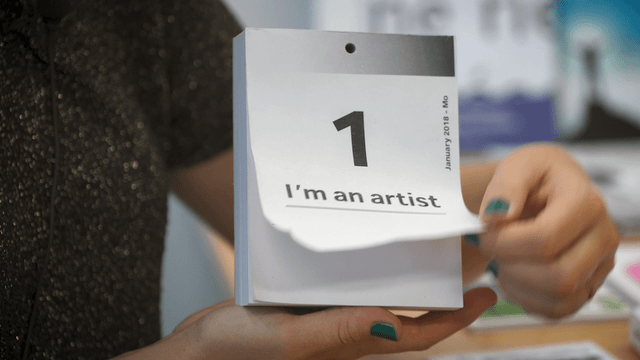
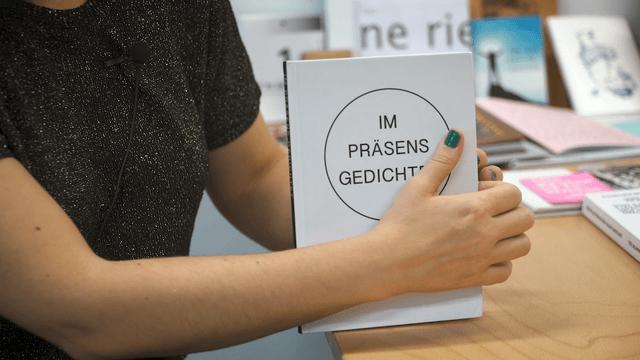
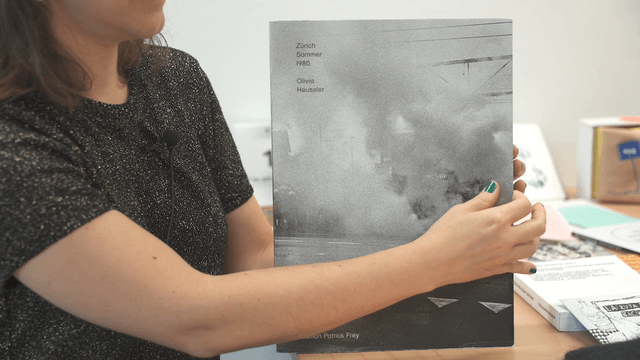
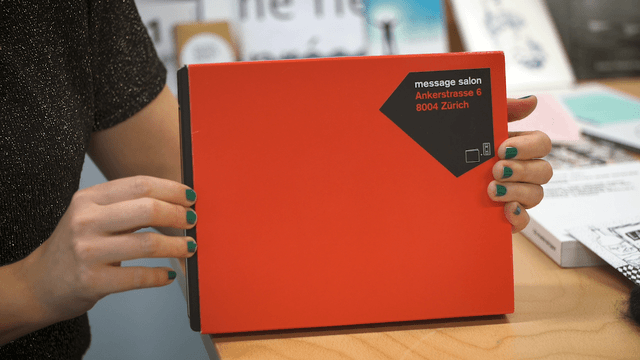

In compliance with the JTI standards
More: SWI swissinfo.ch certified by the Journalism Trust Initiative
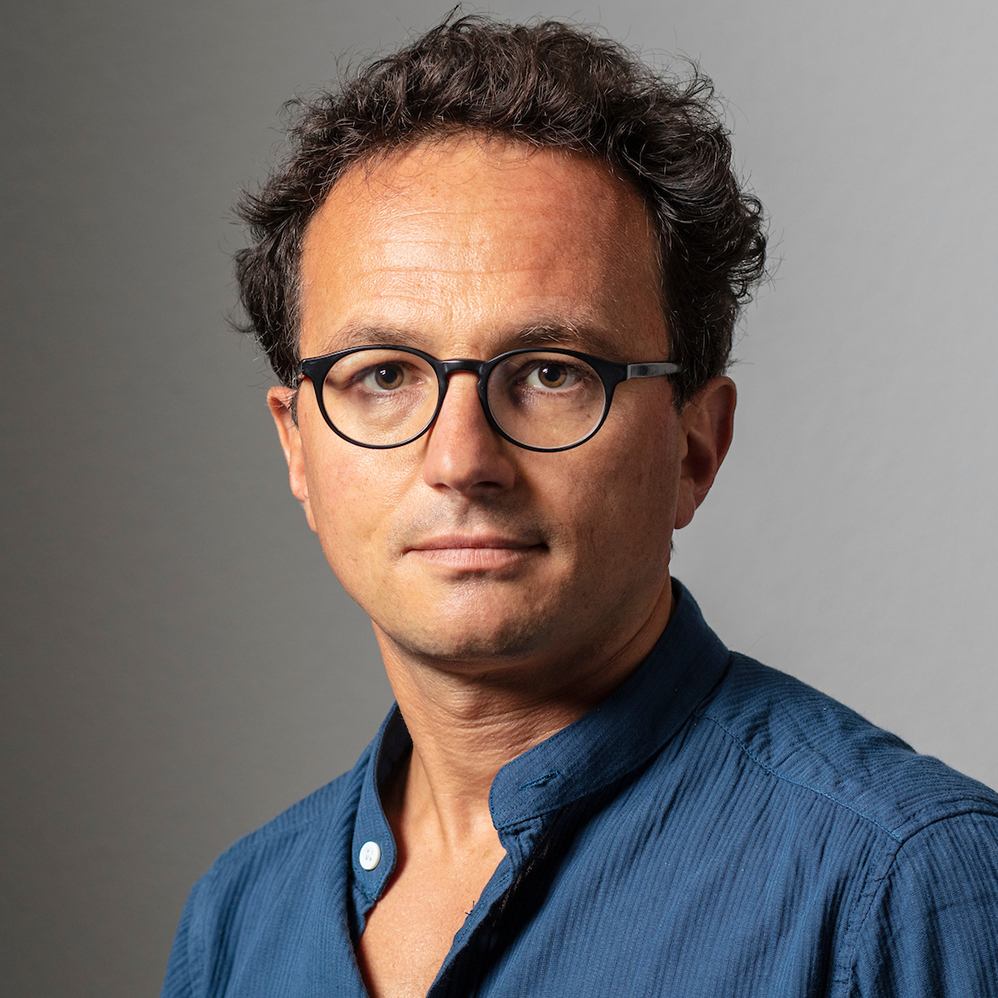

You can find an overview of ongoing debates with our journalists here. Please join us!
If you want to start a conversation about a topic raised in this article or want to report factual errors, email us at english@swissinfo.ch.